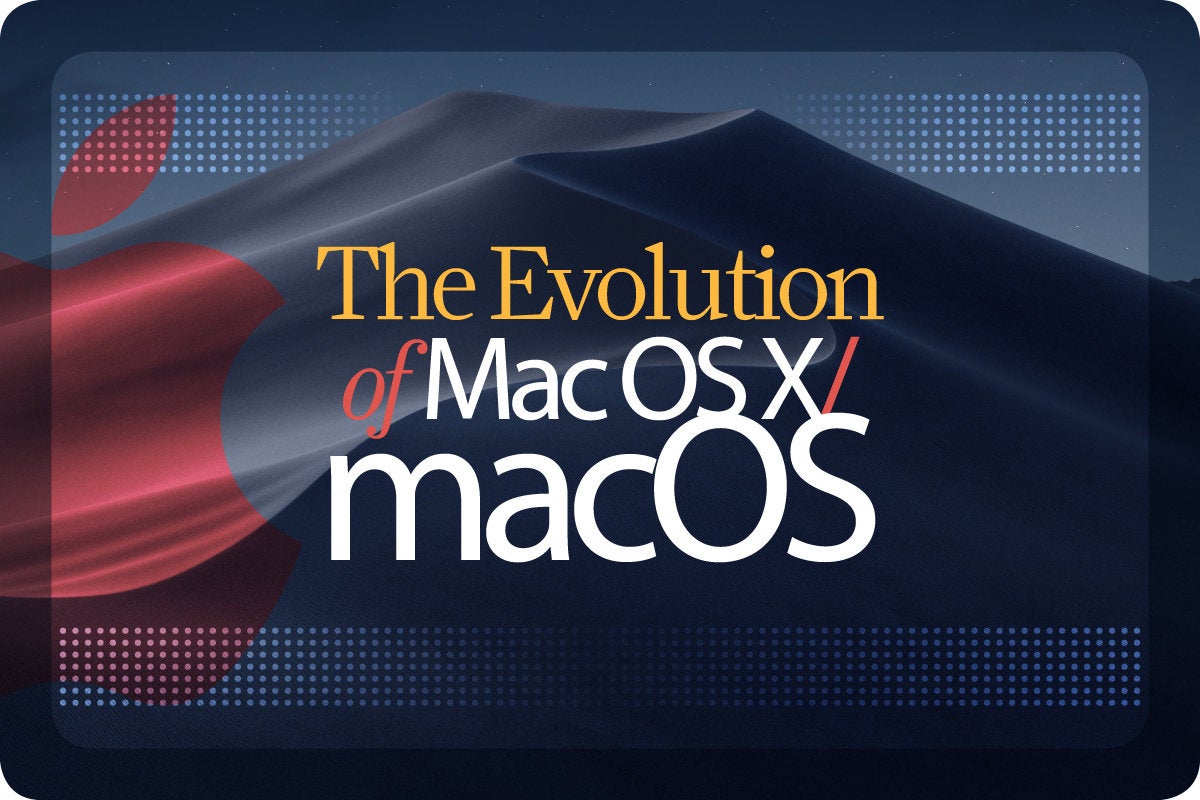
- #Macos versions in order mac os x#
- #Macos versions in order install#
- #Macos versions in order pro#
- #Macos versions in order software#

Under the hood, Apple added Rendezvous (later Bonjour) for simpler network discovery, and Universal Access for accessibility. Prior to Jaguar, third-party apps, such as Microsoft Entourage, Eudora, and others, were the norm.

The biggest new feature in Jaguar was certainly Apple’s Mail app. The gumdrops and pinstripes were toned down a bit, but there was still a lot of relief to icons and graphics.
#Macos versions in order mac os x#
The first major release of Mac OS X designed for new Macs featured a new look, with refinements to Aqua, which was the foundation of the Mac OS X graphical user interface. Classic would remain part of Mac OS X until 10.4, Tiger. Mac OS X included the Classic Environment, an emulator that allowed users to run programs coded for MacOS 9, enabling a (not always) smooth transition to the new operating system. Compared to 10.0, it added DVD playback and a number of performance enhancements, but Apple was working on simply shipping an operating system that worked, and that contained the features required to get users to transition form MacOS 9, at that point. OS X 10.1 really didn’t have many new features the entire operating system was, for most people, new. Mac OS X was still optional at this point, and those with older Macs were better off avoiding it, but in January, 2002, Apple announced that OS X would become the default operating system for all future Macs. But when 10.1 Puma was released in September, 2001, OS X started its long march toward the future. They were only for early adopters and developers, and average users didn’t pay much attention to them, in part because they were quite incomplete. The first two-the public beta and 10.0 Cheetah-didn’t attract much attention. While we’re currently at OS X 10.11, there have actually been 13 versions of this operating system (originally called Mac OS X). I’ll skip all the security features, which are covered in the previous article. Below, we will take a look back at the many key features that have been added to OS X over the years. We’ve recently published a timeline of the many security features added to OS X-it’s fascinating to see when privacy features that we take for granted were added to the operating system. Features such as tabs in the Finder and in Safari, security features such as File Vault, apps like Face Time all these were launched with a big fanfare and have settled into their place as stalwarts of OS X. If you use a Mac, you take for granted a number of features that, when they were first added to the OS X, were pretty big deals.
#Macos versions in order software#
I’d suggest reading that one until your eyes bleed.Apple + Recommended + Software & Apps Timeline of Key Features Added to Every Mac OS X Release to Date If you’re selling or giving away a Mac that is using OS X El Capitan or earlier, use Command-R to make sure that the installation isn’t associated with your Apple ID.Īpple actually has an entire article on what to do before selling or giving away your Mac as well, so if that’s your situation, go and read it. Oh, and if you are wiping your Mac for sale, be aware of something else Apple says in the article I linked above:
#Macos versions in order install#
Obviously, this would be most useful if you were intending to just install the operating system before selling your computer you can’t put Yosemite, say, over an existing High Sierra install (or any version that came later than Yosemite) without erasing the Mac’s drive first.

#Macos versions in order pro#
Shift-Option-Command-R (for Macs upgraded to 10.12.4 and later) or Option-Command-R (for all other Macs): Installs the version of macOS that came with your computer or the closest available version.įor example, my computer is an early 2015 MacBook Pro running 10.13.3, and when I hold down Shift-Option-Command-R at startup and pick “Reinstall macOS” afterward, the machine offers to install Yosemite for me.


 0 kommentar(er)
0 kommentar(er)
